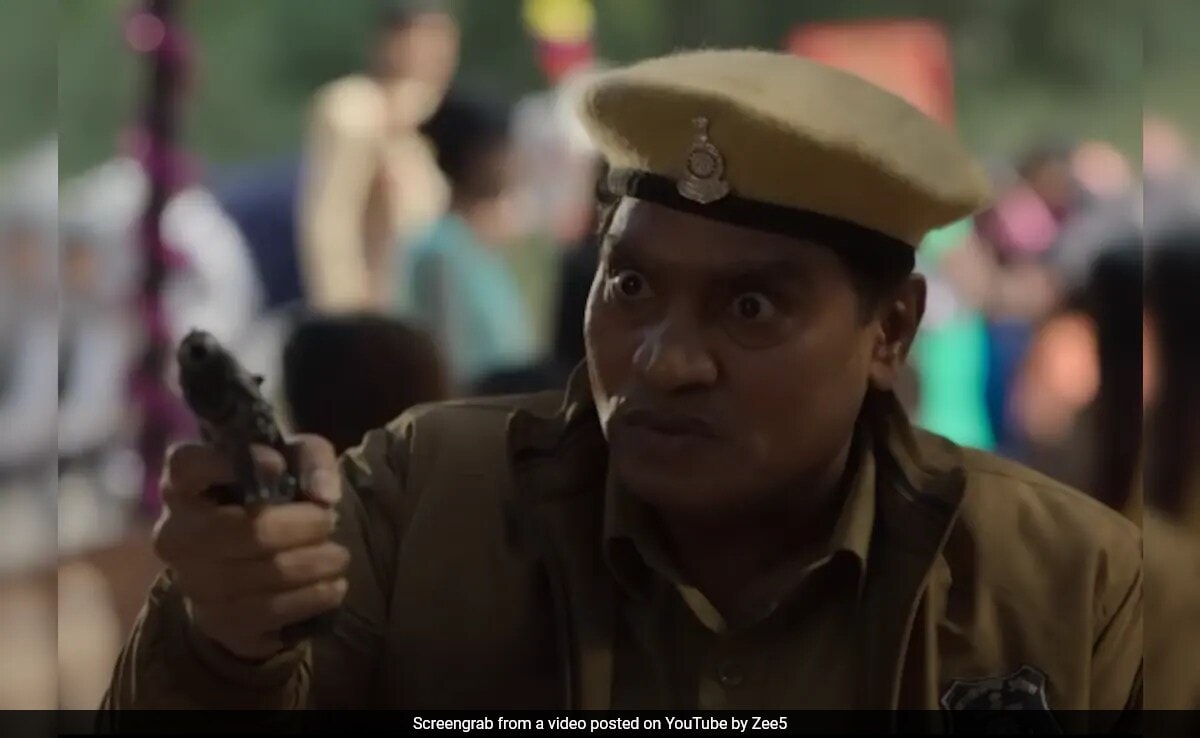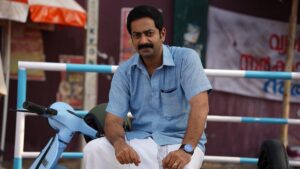Anthology films studded with arresting flourishes

Three directors who work in different languages and regions, each with a different metier, venture into narrative territory they haven’t explored before and tell three strange stories of the backwoods. Lantrani (Tall Tales). These are stories from the heart of India.
The Zee5 anthology film is full of arresting developments – they range from funny to provocative, absurd to deadpan, serious to tongue-in-cheek. Although none of the three short fiction films is anywhere near the filmmaker’s best work, the triptych works largely because of the stylistic and thematic range it offers.
One film is darkly comic until it turns into a tragedy, another is satirical, sometimes uplifting, while the third is a tangential take on a disparate subaltern couple fighting for women’s right to be heard.
Bengali filmmaker and actor Kaushik Ganguly (Nagarkirtan, Ardhangini), who works in mainstream spaces but makes films that bear an unmistakably individualistic imprimatur, takes a shot at homosexuality and the law. Hud Hud Dabang.
In sanitized news, Assamese director Bhaskar Hazarika (Kothanai, Amis) has created a sly spin on the television news business amid the Covid-19 pandemic.
Dharna Maana Hai sees Gurvinder Singh (Aanhe Ghore Da Daan, Chauthi Koot) as the female sarpanch of a village and her husband, the District Development Officer, in silent protest outside.
https://www.youtube.com/watch?v=QdRJQYgXxaM
Hud Hud Dabang
Director: Kaushik Ganguly
Dileep (Johnny Lever in a role that isn’t remotely comic), a policeman hours away from retirement, is assigned to a rundown outpost. A final assignment detains him. For the first time in his career, he is asked to ride a motorcycle and given a gun with a single bullet. The dreaded nameless criminal in his custody (Jesus Sengupta) has to be taken to a district court 250 km away.
This is a huge deal for the shocked cop as he has never owned a service revolver himself. On the way to the hearing, Dileep stops at a dhaba for a quick meal and doesn’t miss an opportunity to inform the world that he is armed. A groom has created a problem on his way to his wedding Brooding offers to help undertrial.
But that is only one aspect Hud Hud Dabang. As the action moves to the courtroom, the film changes tack and assumes a serious tone. The transition is a touch abrupt, but Kaushik Ganguly navigates the tonal shift deftly enough that it doesn’t feel labored.
Johnny Lever, known for his comic performances in Bollywood films, is terrific as a cop who experiences the highs and lows of an unexpected assignment. Jesus Sengupta, who barely speaks during the character’s lockup-to-courtroom journey and beyond, serves as the perfect foil.
Sanitized news
Director: Bhaskar Hazarika
The middle part Lantrani d Both tone and substance fly in completely different directions. A television newsreader is fired in the middle of his show. What’s the news today?on which basis he promised to provide a “Fun filled report“
Even as Milli Sinha (Preity Hansraj Sharma) tells the world that a multiplex and an airline have laid off most of their employees, she is physically lifted from her seat by a man in a PPE suit and thrown out of frame. All these are the beginning moments Sanitized news.
Almost like the coronavirus-infected world around them, Milli Sinha, the channel that fired her, and her stressed-out boss Pinaki (Boloram Das) are worse off. Salaries have not been received for three months, rent arrears have risen alarmingly and despair is rife all around. Khabar’s operation itself is in danger of going to the stomach.
A new powerful hand sanitizer (named Covinash) has come as a ray of hope. But its emergence and what the brand forces them to do to survive reveals the rot at the heart of news channels. Someone quipped: “New Hai Par Hai To India Hai!”
Bhaskar Hazarika, working with material that represents a marked departure from his two Assamese feature film roots, keeps a firm grip on the orchestration of disparate elements that he uses in practice to see the funny side of a deadly virus that takes a toll not only on people’s bodies but also on their minds. also on
Dharna Mana Hai
Director: Gurvinder Singh
Gurvinder Singh, whose independent Punjabi films have premiered at festivals in Cannes, Venice and Rotterdam, ventures into the heart of India to explore the dynamics of a protest initiated by a village sarpanch and her husband, two men considered pushovers by the administration.
In the process, Dharna Mana Hai touches on themes of bureaucratic power and indifference, the use of peaceful dissent and contesting a broken system of redress for the humble and helpless, as well as questions of caste discrimination in foster care.
It’s 2015. Six months have passed since the Panchayat elections. Gomti Devi (Nimisha Sajayan in her first Hindi-language outing), the sarpanch of Lakshmipura village, and her associate husband Debu (Jitendra Kumar) start a dharna in the town of Bairipur.
Their silent protest is against four other panchayat members, who are throwing stones at an important proposal. The pair take a vow of silence, triggering a rigmarole that sends the local bureaucracy into a tailspin but doesn’t stir them into action.
No one is interested in ‘hearing’ Gomti and Devu and resolving their grievances. The couple is not in a position to convey their message verbally to the administration. Their story is a parable about the masses who can annoy and fume as much as they want but are rarely heard.
District Development Officer Gautam Bajpai (Rajesh Awasthi) is confident that Gomti and Devu can be easily tricked. But two stoic protesters are made of sterner stuff.
Nimisha Sajjan, who has only half a line to speak, does a great job using her eyes and mouth to convey the turmoil Gomti Devi is going through. Jitendra Kumar, playing the common man for umpteenth time, manages to invest the role with new angularity.



